HISTORY OF BANANAS

Bananas are believed to have originated up to 10,000 years ago and some scientists believe they may have been the world's first fruit. The first bananas are thought to have grown in the region that includes the Malaya Peninsula, Indonesia, the Philippines and New Guinea.
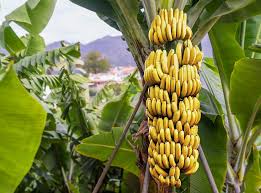
Bananas were originally found in South East Asia, mainly in India. They were brought west by Arab conquerors in 327 B.C. and moved from Asia Minor to Africa and finally carried to the New World by the first explorers and missionaries to the Caribbean. The mass production of bananas started in 1834 and really started exploding in the late 1880’s.1
Before the 1870’s most of the land that bananas were grown on in the Caribbean had been previously used to grow sugar. After this time low marsh land started to be drained along with forests that were cleared in Central America for banana monocrops (which is growing one crop to increase productivity).
In the early years of Central American banana trade the head of United Fruit had a marriage for political gain to the daughter of the Costa Rican President. This allowed his
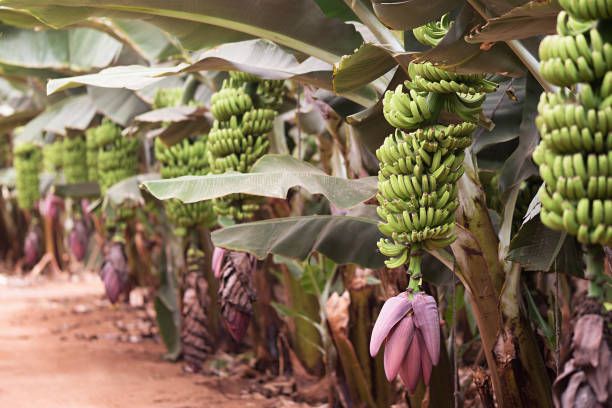
fruit company United Fruit to start acquiring the other fruit companies in the country. In the 1950’s when freely elected government of Guatemala threatened United Fruits control, United Fruit convinced the CIA that an overthrow was in order. The CIA placed a right-wing dictator loyal to United Fruit in power securing United Fruit’s position in Guatemala.
From the “banana republics” at the beginning of the twentieth century to the “banana wars” at its conclusion, one tropical fruit has transformed more of Central America, the Caribbean, and South America than any other commodity. The conversion of much of the Americas into bananaproducing enclaves during the last century has also informed North Americans’ most popular, and often stereotypical, images of the rest of the hemisphere. In most of the regions examined the onset of commercial banana cultivation coincided with a broadly similar set of processes: in various diplomatic, military, and economic guises, foreign interests.
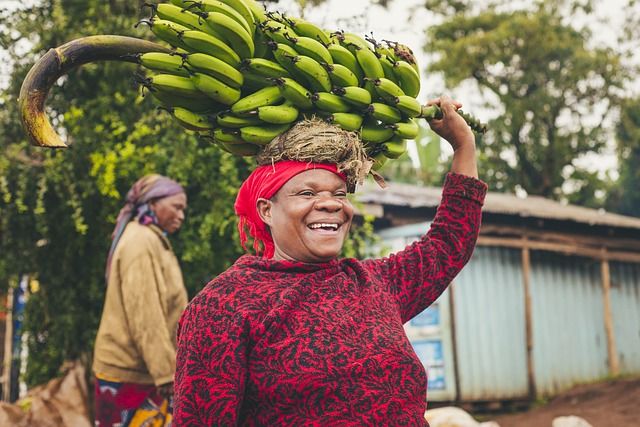
During the first half of the twentieth century the United Fruit Company created a global network for producing, distributing, and marketing bananas.¹ This undertaking required substantial investments in infrastructure in Latin America and the Caribbean, including plantations, hospitals, roads, canals, docks, telegraph lines, railways, and ships.United Fruit’s attempt to control all stages of the production process reflected a general shift toward vertical integration within the American economy during the late nineteenth century and early twentieth century.² In the post–World War II period, however, this trend—both globally and within the banana industry—has gone the other way.
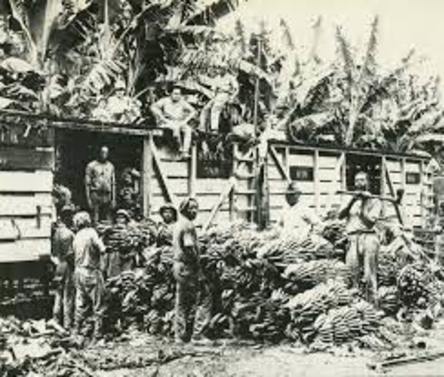
HISTORY OF THE UNITED FRUIT COMPANY: The company was formed in 1899 from the merger of the Boston Fruit Company with Minor C.Keith's banana-trading enterprises. It flourished in the early and mid-20th century, and it came to control vast territories and transportation networks in Central America, the Caribbean coast of Colombia and the West Indies.
The United Fruit Company is the quintessential model for the institutional form of the multinational corporation that changed the face of the world during the twentieth century. Legally established in 1899 in New Jersey through the merger and acquisition of several different banana production and import companies operating in Central America and the Caribbean, it was a pioneer of capitalist globalization. Through vertical and horizontal integration, the United Fruit Company consolidated the monopoly of both production and commercialization within a global free-market capitalist context. At the same time, it was buttressed by the political, military, and economic might of the free world.
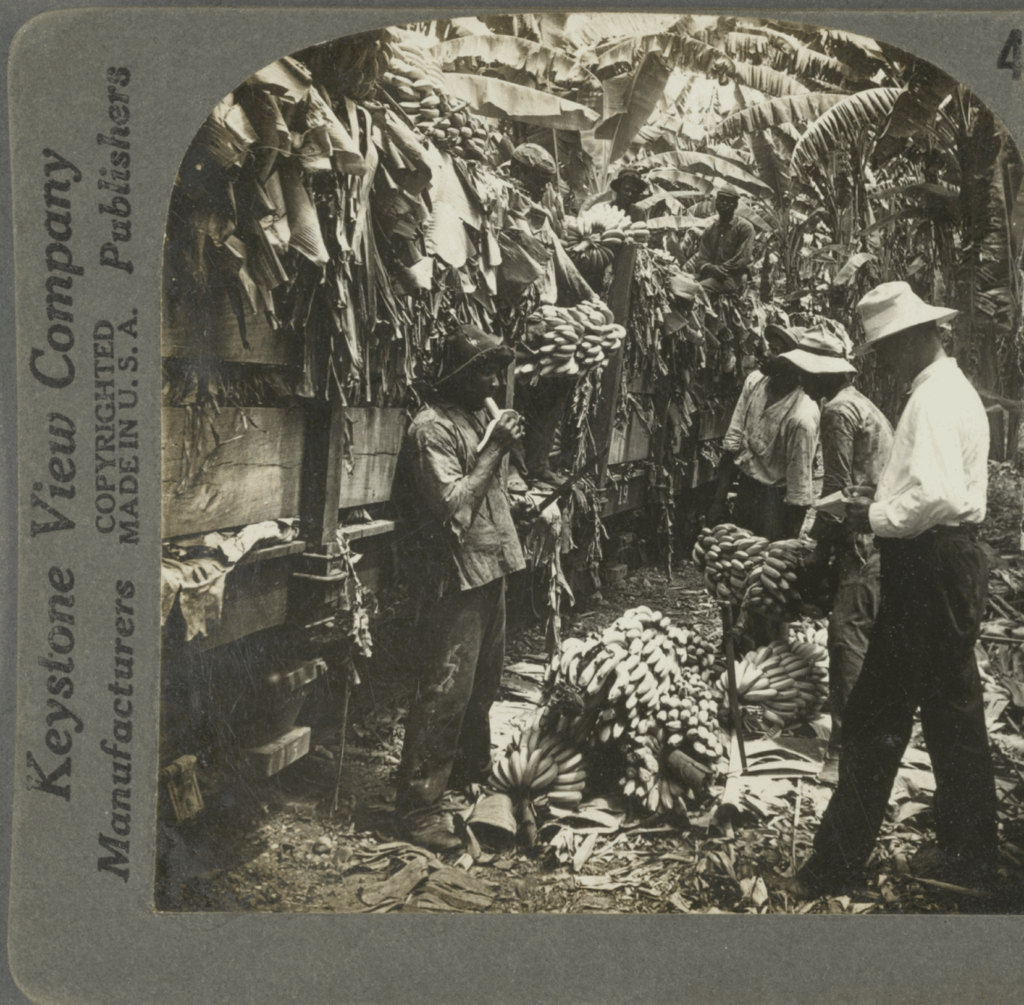
Much before it became popular as a clothing brand, the term “Banana Republic” referred to authoritarian regimes supported by large US companies like the United Fruit Company. Bananas have always been way more popular than apples and oranges, and are a staple in every household across the globe. But did you know that bananas once caused a coup in a Central American country?
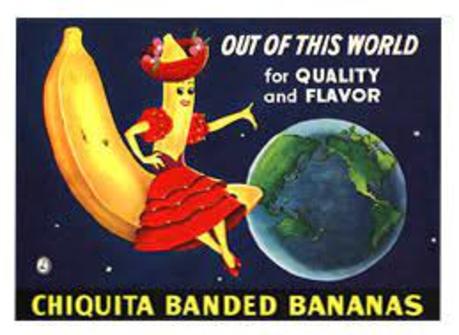
This story is an entertaining mix of espionage, rebellion, ambition, corruption, and Guatemalan bananas. The government of Guatemala was overthrown in 1954 by a group of military officers allegedly backed by the CIA. The coup occurred because of the government’s participation in selling Guatemalan bananas to the United States at dirt-cheap prices.
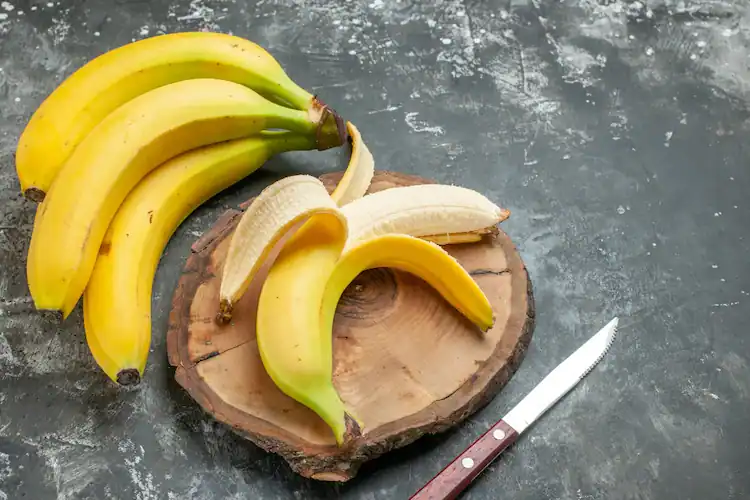
THINGS YOU MAY NOT KNOW: Grown in more than 150 countries, it is widely believed there are more than 1,000 types of bananas in the world, which are subdivided into 50 groups. More than 100 billion bananas are eaten each year worldwide, and Americans eat an average of 27 pounds per person every year. That's equivalent to about 90 bananas a year.
THINGS YOU MAY WANT TO SAVE: Now I don't think much of the man that throws a banana peelin' on the sidewalk, and I don't think much of the banana peel that throws a man on the sidewalk neither ... my foot hit the bananer peelin' and I went up in the air, and I come down ker-plunk, jist as I was pickin' myself up a little boy come runnin' across the street ... he says, "Oh mister, won't you please do that agin? My little brother didn't see you do it."
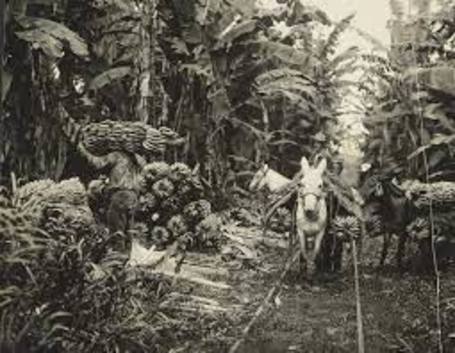
ZENTRAVELER SAYS: Is the whole world going bananas or is it just me?"YES WE HAVE NO BANANAS" In 1923 the Skidmore Music Company of New York reluctantly published a novelty tune by two young musicians called “Yes, We Have No Bananas!” By the end of the year the company was selling thousands of copies of the sheet music on a daily basis and dance-hall bands were performing the tune throughout the United States and many parts of Europe. One of the song’s composers, drummer Frank Silver, organized a ten-piece “banana band” that toured the United States with a set that included real bunches of bananas and a backdrop that featured a picture of a banana plantation.
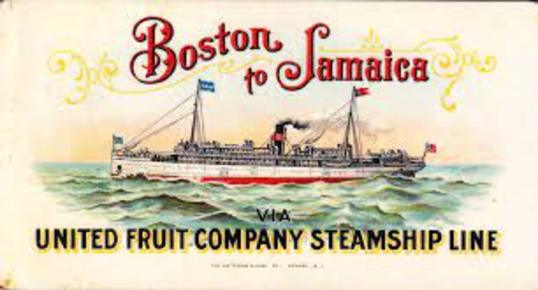
From here to Infinity is a relatively short ride! The next leg takes eons and eons as you fly through the Barycentric Dynamical Time Zone! …and on and on and on. Follow the Zentraveler Newsletter often for Travel, Health and Zen-like stories and such. Where else can you get a THREE IN ONE NEWSLETTER FOR THE PRICE OF FREE.

ZENTRAVELER IS A PERSONAL NEWSLETTER, DESIGNED TO GIVE TRAVEL, HEALTH, WRITING AND HUMOR INCLUDING HELPFUL HINTS WITH A ZEN LIKE QUALITY.
